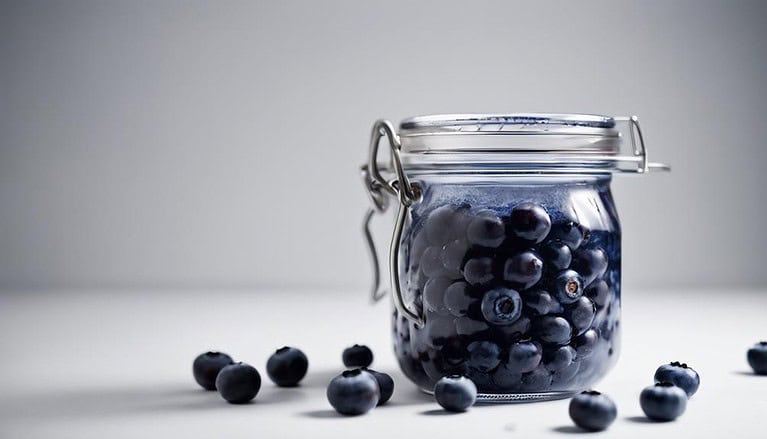Growing Organic Apples: Lessons for Success
Growing organic apples successfully means choosing scab-resistant varieties like Topaz, which’ll slash your treatment costs while enhancing profits through premium pricing—seriously, consumers pay extra for pesticide-free fruit! You’ll need to become proficient with beneficial insects like ladybugs for aphid control, layer organic mulches to keep soil healthy, and clean up regularly to eliminate overwintering pests. Washington State’s leading the charge with 16% organic production, and there’s so much more strategy behind these thriving orchards.
Quick Guide
- Choose scab-resistant apple varieties like Topaz or Natyra® to reduce organic treatment needs and improve investment returns.
- Implement integrated pest management using beneficial insects like ladybugs for aphids and parasitic wasps for codling moths.
- Maintain soil health through organic mulching practices to keep roots cool and promote sustainable tree growth.
- Diversify income streams by growing gourmet vegetables alongside organic apples to maximize profitability despite lower yields.
- Focus on premium market positioning since consumers willingly pay extra for pesticide-free, organically grown fruit.
Market Economics and Profit Potential in Organic Apple Production

The economics of organic apple production illustrate a pretty exciting image that’s got farmers and investors buzzing with possibilities.
Honestly, it reminds me of when I first uncovered how much more I could sell my homegrown tomatoes for at the farmer’s market compared to the grocery store prices. You’ll consistently earn premium pricing that offsets lower yields, especially with consumers willingly paying extra for pesticide-free fruit in today’s health-conscious market. The market data shows that new apple varieties are experiencing significant growth within the organic produce sector, creating additional opportunities for innovative growers. Additionally, growing gourmet vegetables alongside organic apples can further enhance market appeal and diversify income streams for farmers.
Choosing the Right Varieties for Organic Success
When you’re selecting apple varieties for your organic orchard, you’ll uncover that choosing the right cultivars feels a lot like picking the perfect camping spot – you need something that’ll thrive in your specific conditions while giving you the best return on your investment.
Trust me, I learned this lesson the hard way after planting three Gala trees in my clay-heavy soil only to watch them struggle with every rainy season. Prioritizing scab-resistant varieties like Topaz or Natyra® can save you countless headaches and reduce the need for organic treatments throughout the growing season. Additionally, incorporating dwarf flowering shrubs alongside your apple trees can enhance your garden’s aesthetic while providing beneficial pollinator habitats.
Effective Pest and Disease Management Strategies

Once you’ve got your apple varieties sorted out and planted in soil that actually suits them, managing pests and diseases becomes your next big expedition – and honestly, it’s a bit like setting up a well-defended campsite where you need multiple strategies working together to keep the unwanted visitors at bay.
You’ll want ladybugs devouring fifty aphids daily, parasitic wasps targeting codling moths, and regular orchard cleanup removing fallen fruit that harbors overwintering pests. Additionally, creating habitats with leafy plants can support beneficial insects that aid in pest control.
Soil Health and Orchard Floor Management Practices
While your pest management arsenal might be locked and loaded, building healthy soil beneath your apple trees is like establishing the perfect basecamp foundation – without it, everything else you’ve worked for could literally crumble beneath your feet.
You’ll want to layer organic mulches around your trees, which dramatically improve soil quality while keeping those roots cool and happy.
Regional Trends and Adoption Patterns Across Growing Areas

Building that soil foundation is just the beginning of your organic apple expedition, because the real magic happens when you start looking at where these crimson beauties are actually thriving across different regions – and trust me, the geography of organic apple growing is more fascinating than you’d expect!
Washington State absolutely dominates America’s organic apple scene, producing over 90% of our nation’s supply, while their organic production has skyrocketed from 11% to 16% in just five years!
Wrapping Up
You’ve got all the tools you need to grow incredible organic apples that’ll make your neighbors jealous! From picking disease-resistant varieties to perfecting natural pest control, you’re ready to tackle this journey head-on. Remember, healthy soil equals healthy trees, and healthy trees mean juicy, profitable apples that’ll have customers lining up at farmers’ markets. So grab your pruning shears, roll up your sleeves, and start your organic apple empire today!







